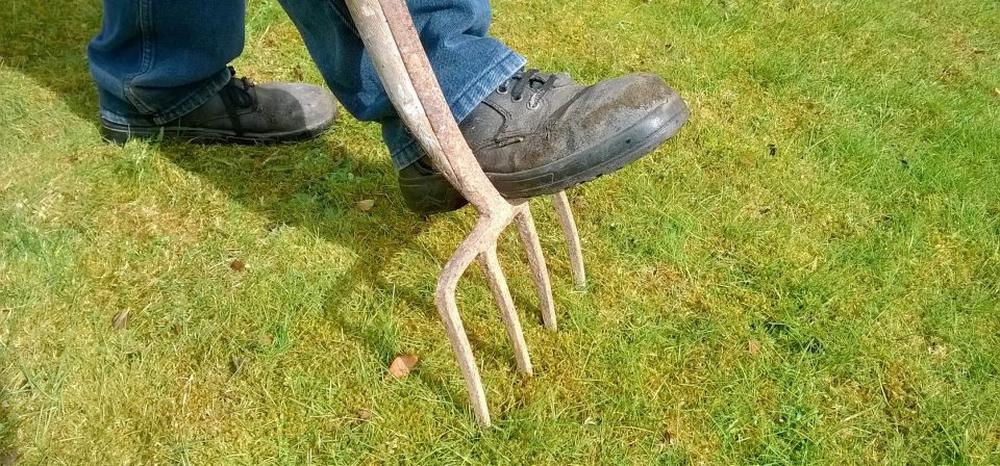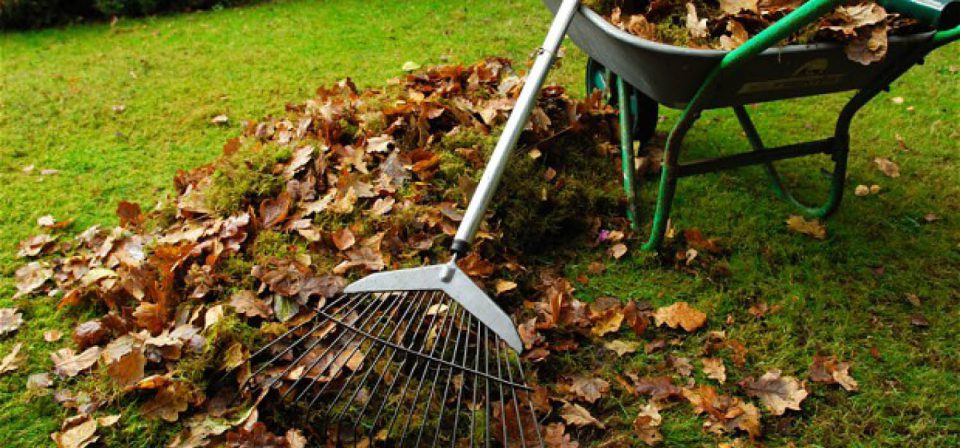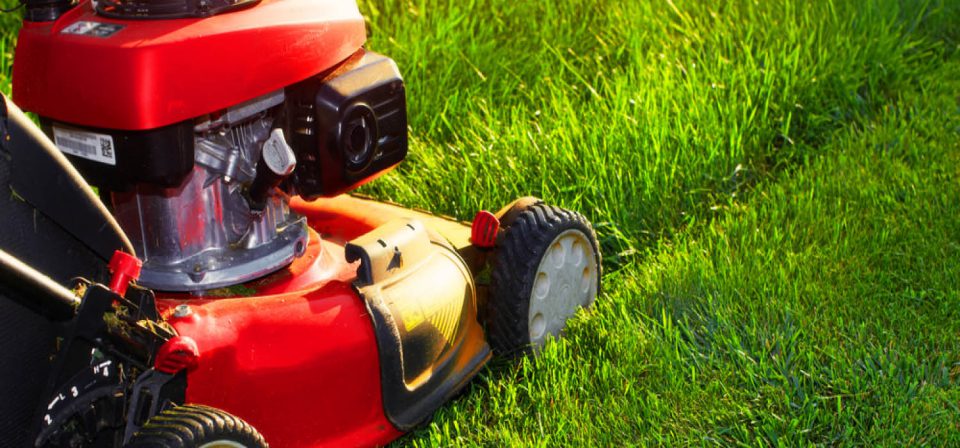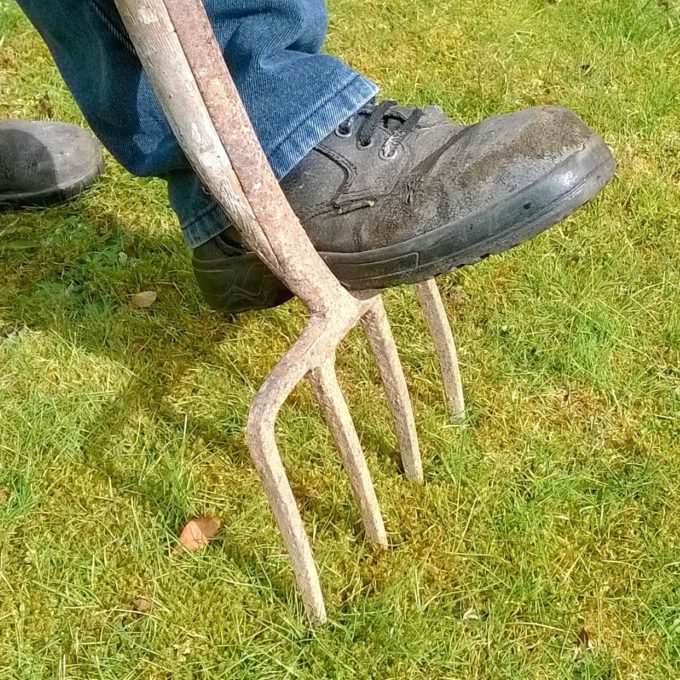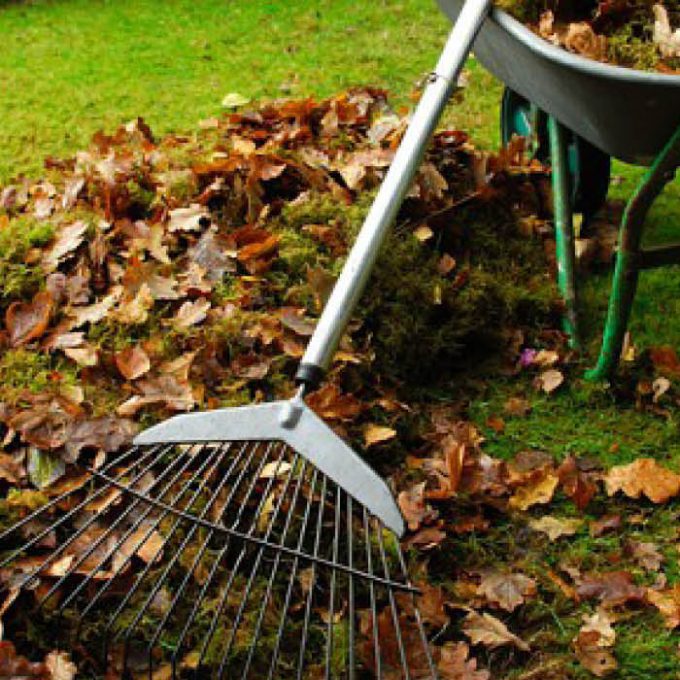After the Summer, our lawns can be looking a little worse for wear. Footfall, weather and more factors can cause them to turn brown, but they can be repaired and returned to their former glory with a few simple steps.
Firstly, check that the grass is brown and not dead. Brown grass is in a dormant state and sometimes can be brought back to life with a little rain. It usually takes a couple of inches of steady rain to encourage greening after a Summer drought. However, you may still find it a little patchy and thin in areas.
If you find that your grass has recovered, then:
- Keep your mower on a high setting until the middle of next Spring.
- Give the lawn a generous feed with an autumn fertiliser to strengthen roots, feed the grass and protect during the winter months.
- Aerate the lawn to ensure penetration of further rainfall.
- Next year, vary your mowing height – Keep high at the start of Spring and lower as things warm up. Raise again for Summer (if it’s dry) and lower again as growth picks up in early autumn. Raise again for the last few cuts of the year.
If your lawn is still patchy, then:
- Begin by scarifying your lawn to clear away any dead material. Leaves can cause major problems if not cleared up quickly, as they prevent air reaching the lawn.
- If necessary, apply a moss killer. Some are specifically for moss removal (such as Vitax Green Up Lawn Sand) whilst others are mixed with lawn fertiliers (such as Evergreen Mosskill). For more information on removing moss, please see our Moss Treatment guide.
- Spike/aerate your lawn to ensure good drainage and help prevent the onset of moss. Once aerated, apply your chosen grass seed and fertiliser. Don’t delay in treating thin or bare patches as they will very quickly become a target area for weeds, weed grasses and moss. Once established they create even more work, so you need to repair all areas with your chosen grass seed before problem plants appear and take over. We recommend using Miracle Gro Patch Magic.
What’s the difference between Autumn lawn fertiliser and a Spring one?
The main difference is that the Autumn fertilisers have much less nitrogen (which greens up the grass and gets it growing) and more phosphates. Phosphates stimulate root growth, and this is important to strengthen the roots and prepare them for the winter ahead.
Secondly, you won’t find any weed killer in autumn fertiliser. The reason for this is that the method of weed killing in spring lawn products works by stimulating the growth hormone in weeds (which is different to the one in grass) so that the weeds grow faster than they can take up nutrients and water so die. Weed growth reduces greatly in autumn so the weed killers are not as effective.
Tips for maintaining a green grass for longer next year:
- Match your mowing height to the conditions.
- Water only when the lawn tells you to, not because you think you should. Your soil type, grass type, exposure to the sun and wind are just a few of the factors that will determine how often you need to water.
- Maintain good fertility as this helps grass tolerate heat stress and make deeper roots.
- Aerate the lawn to keep the surface open to showers.





